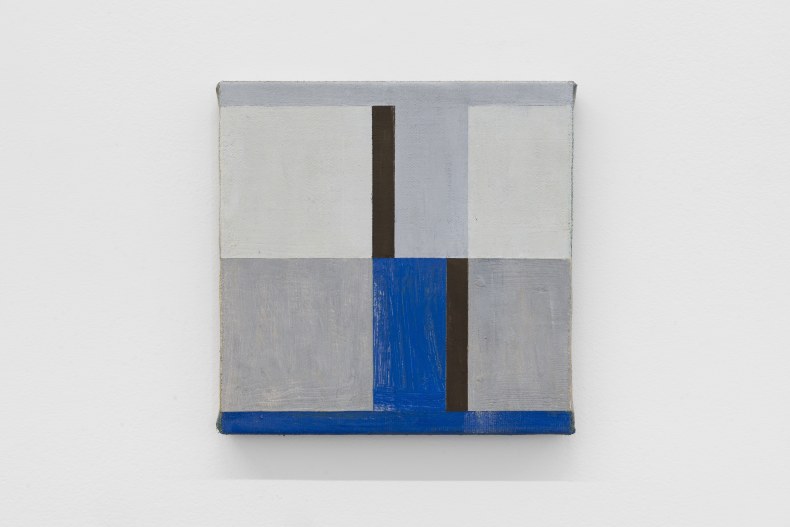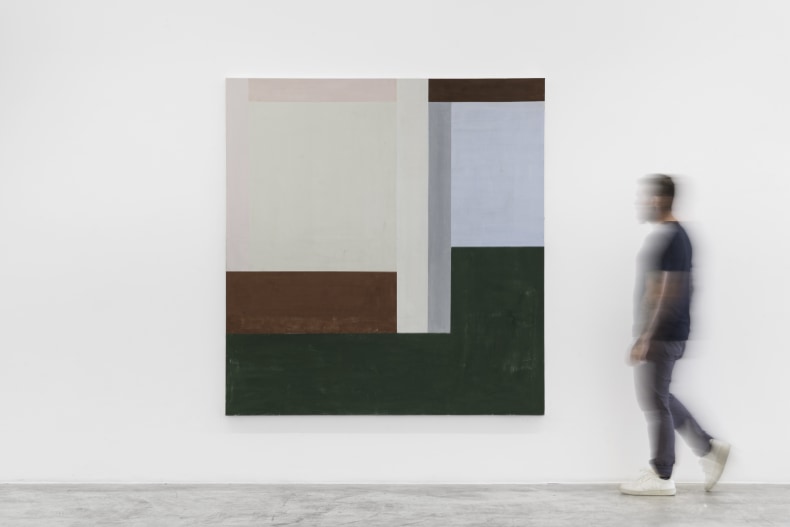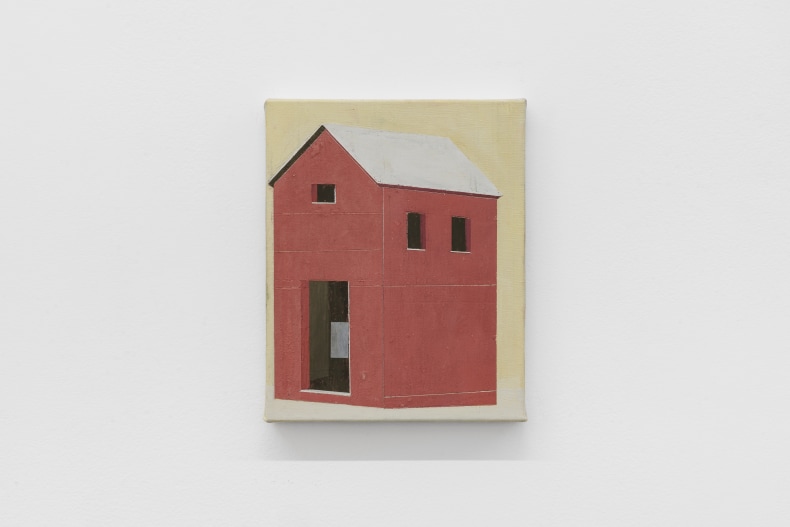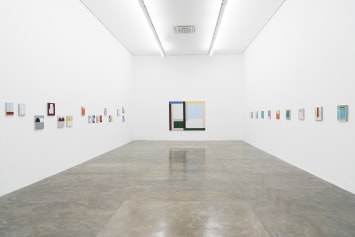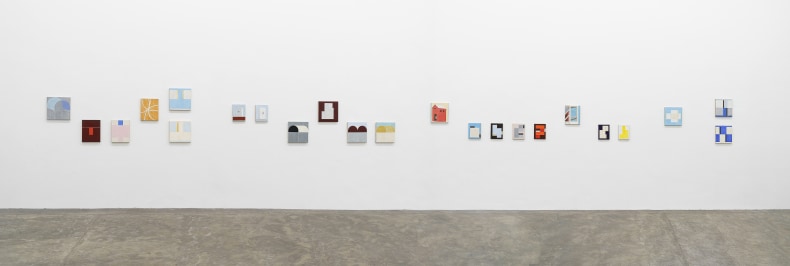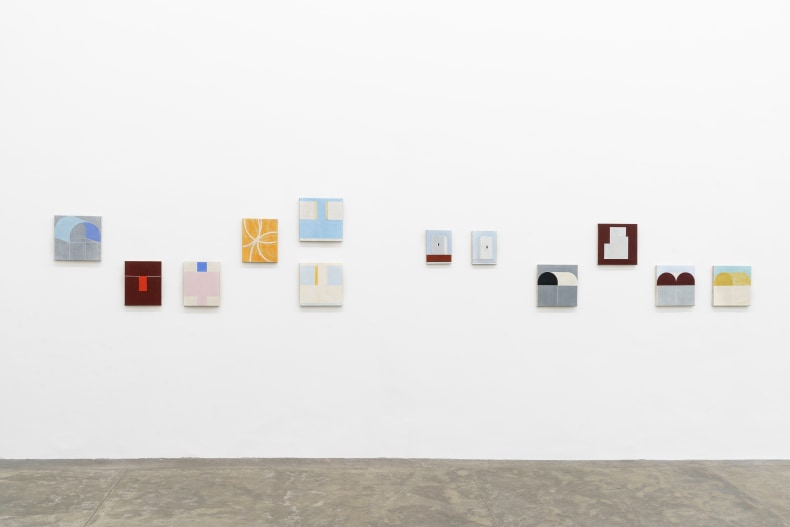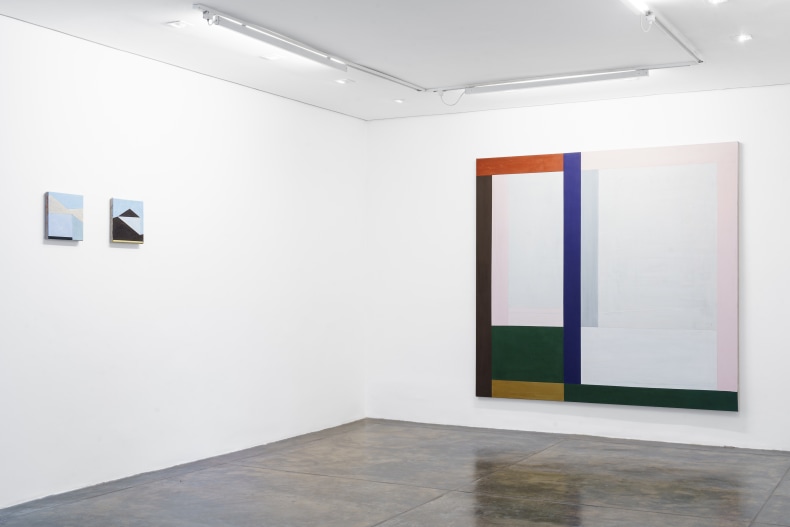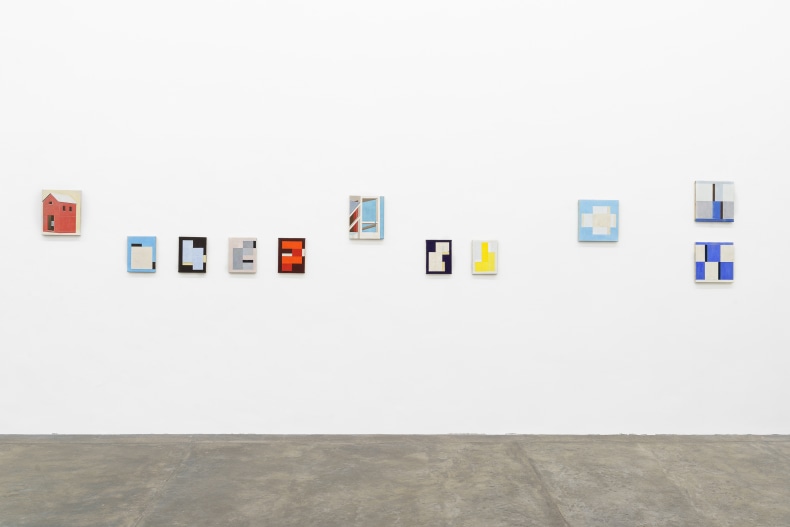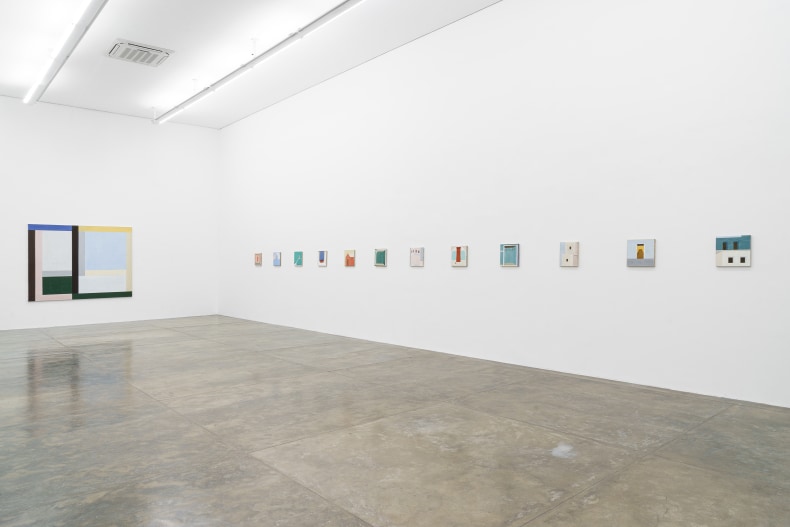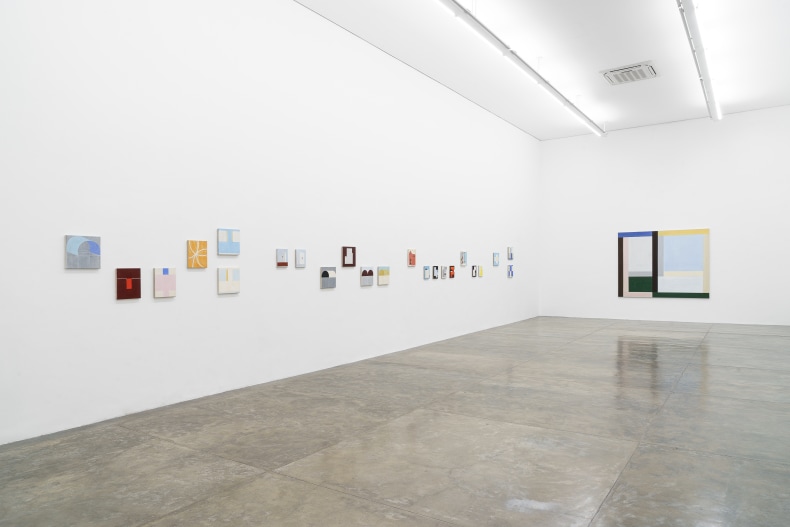Nara Roesler São Paulo is pleased to present Alvenarias, an exhibition by Fabio Miguez that brings together over forty paintings, organized into two series: Atalhos and Volpi. Developed over the last two years, these works represent the most recent developments in Miguez’s practice over the last decade. The exhibition is accompanied by an essay by Luis Pérez-Oramas and is on view from May 28th to July 23rd, 2022.
The works presented are based on Miguez’s attentive look at works in the history of painting, not only from Europe but also works of Brazilian origin. This interest gave rise to the Atalhos series, which began in 2010, with small-format paintings. Unlike large canvases, these works are produced quickly, with one work leading to the next and thus allowing for a more experimental approach to painting.
In this sense, more than just the name of the series, Atalhos, which translates to ‘Shortcuts’, is also a guiding concept in Miguez’s practice. “Shortcuts allow you to join works together to form sentences. Depending on the proximity, they can even take on another meaning. This is the idea of the shortcut, the passage from one referential field to another that takes place in the creation of these sets, possibly suggesting new meanings” reveals Miguez.
Atalhos also includes the possibility of articulating small sets or groups of works. One example is the twelve paintings that Miguez humorously dubbed Mes Primitifs. In these, Miguez revisits paintings by Giotto, Sassetta, Fra Angelico and Piero della Francesca, stripping them of all accessory elements and giving prominence to the space. This in turn, is presented to us as a fragment, distancing it from the original composition.
In the Volpi series, Miguez performs an inversion of scale and enlarges details of works by the Italian-Brazilian painter. Due to both their physicality and their dimension, these paintings seem to bring Volpi’s “façades” to scale, reminding us of masonry and transforming the canvases into walls.
In Alvenarias, the public will be able to familiarize themselves with the new developments in a series worked on by Miguez for over a decade. These small visual puzzles relate to and complement each other, and can be understood and interpreted freely by the viewer.
